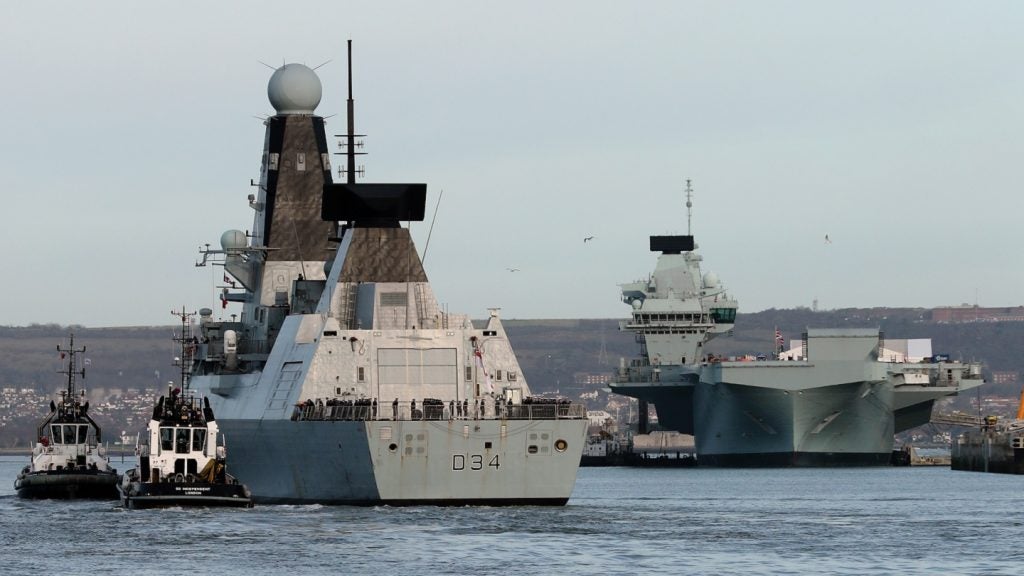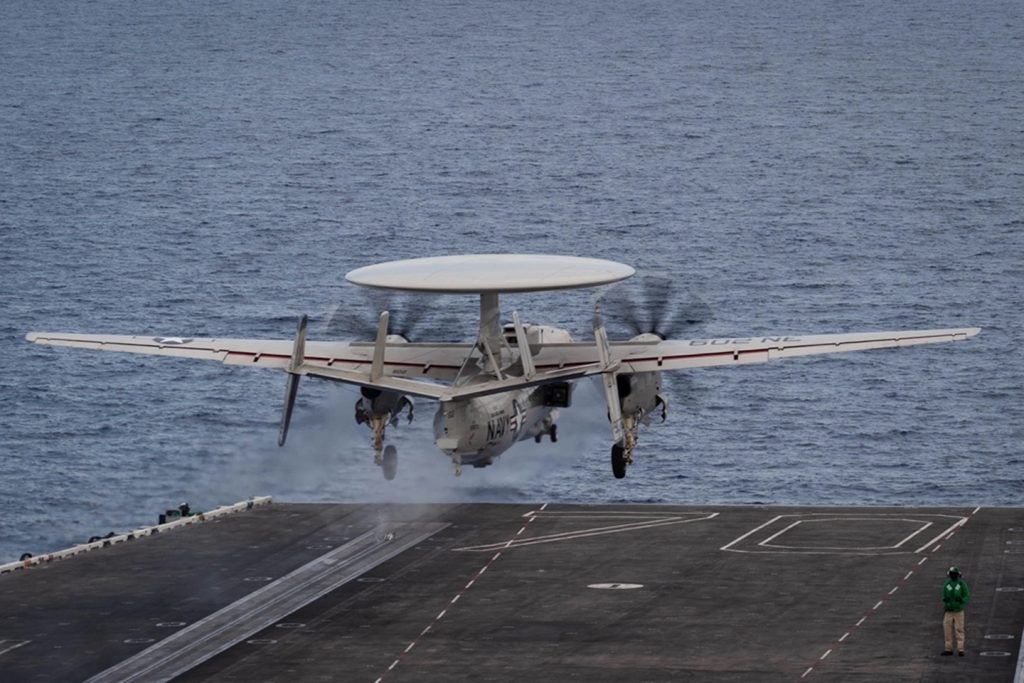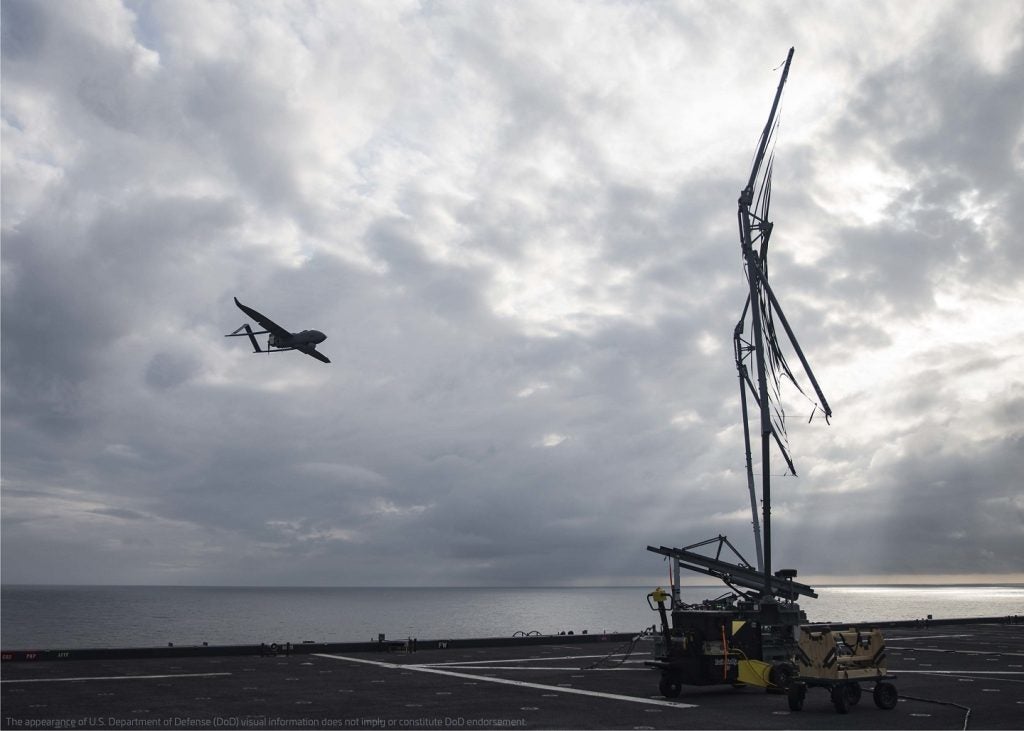The latest disclosure by the UK Government of currently active surface combatants has completed a picture of a force hard-pressed to fulfill its assigned tasks, amid a shortfall in Royal Navy personnel that has seen a 24% reduction in the past 23 years.
Disclosed in a written UK parliamentary response, it was revealed that the UK Royal Navy’s Type 45 air defence destroyer force is effectively running at 50% capacity with half of the six-strong fleet currently undergoing the Power Improvement Project (PIP) intended to resolve long-standing propulsion issues affecting the class.
The development follows reports that just seven of 11 remaining Type 23 frigates are currently operational, with the remaining four either awaiting or undergoing life-extension programmes to maintain them in service. It is not known when or if the four currently unavailable for operations will return to the active fleet, as refit times increase and suggestions circle of potential cuts in hull numbers.
All told, this means the combined force of Type 23 and Type 45 surface combatants has ten operational vessels, from just 17 remaining in the fleet.
In the UK parliamentary written response, it was revealed that the Type 45 destroyers HMS Diamond, HMS Duncan and HMS Dauntless were all available, while HMS Daring, HMS Dragon and HMS Defender were all described as being at “various stages” of the PIP programme.
Another factor to consider regarding the UK’s difficulties in maintaining a critical mass of surface combatants regards ongoing difficulties in personnel retention and the induction of new recruits, with UK Government officials publicly admitting the challenges faced by the UK Armed Forces.
For the Royal Navy, personnel numbers have dropped from 42,800 in 2000 to just 32,590 by 2023, representing a near 24% cut in service personnel. These figures include the Royal Marines, which is around 6,000 strong.
Of Royal Navy personnel that are fully trained for operations, as of 24 January there were 19,470 sailors available, representing 86% of the Royal Navy’s regular population.
The Type 45 and the PIP
All six of the UK’s Type 45 air defence destroyers will undergo a programme known as the Power Improvement Project (PIP), which will see the integration of three new diesel engines to rectify a power and propulsion issue suffered by the class.
Utilising a novel hybrid electric drive system, the Type 45s have been beset by technical difficulties, with numerous instances of the vessels suffering electrical problems or even loss of power, particularly when operating in hot and humid temperatures such as those found in the Middle East.
The solution will see the class switch to a more conventional marine propulsion format, using the diesel engines for sustained cruising and utilising its gas turbines for sprint ability. In addition, the Type 45s will also receive an additional 24-cell Sea Ceptor missile silo to boost anti-air capability, augmenting the existing 48-cell Sea Viper system, based on the Aster 15 and Aster 30 anti-air missiles.
A separate, further upgrade recently announced will see the Type 45s Sea Viper missile system upgraded to provide ballistic missile defence capability.
Royal Navy: a force stretched thin
Those vessels that are currently operational are maintaining a high tempo, tasked with a multitude of duties across the world. Multiple vessels returned to the UK in December for the holiday period after extensive deployments in the Atlantic and Indian Oceans, among other areas of operation.
The UK maintains standing deployments around the world that demand use of Royal Navy’s surface combatants, augmented by forward deployed Batch 2 River class patrol ships and other vessels.
Among these is the Atlantic Patrol Tasking South and Atlantic Patrol Tasking North, a forward deployed frigate in the Gulf region under Operation Kipion, a UK Fleet Ready Escort (FRE) available for global deployment, as well as assisting the periodic arrival and departure of the Vanguard class ballistic missile submarines, which provide the UK’s continuous-at-sea nuclear deterrent.
Analysing the 2023 deployments of active Royal Navy surface combatants, it becomes clear that there is little flex left in the force, which has to be given a period of downtime and low-level maintenance after returning from extensive deployments. In example, two of the three active Type 45 destroyers only returned to the UK in December 2023 after several months on operations, with the third currently active in the Red Sea defending merchant shipping against Houthi missile and drone attacks.
Type 23 frigate (available) – deployments
- HMS Lancaster – forward deployed in the Gulf region, based at Mina Salman in Bahrain.
- HMS Richmond – the frigate will stand in for HMS Diamond and HMS Lancaster when either vessel needs to break off patrols for re-supply or maintenance.
- HMS Iron Duke – operated in northern European waters at the end of 2023 and recently conducted naval gunnery trials.
- HMS Northumberland – spent 2023 in the North Atlantic, North Sea, and Arctic Circle, engaged in maritime security missions.
- HMS Somerset – spent time conducted trials and training in the second half of 2023, visited Norway in November.
- HMS Kent – participated in CSG23 exercises in regional waters, visited Canada in December 2023.
- HMS Portland – participated in CSG23 exercises in regional waters.
Type 45 destroyer (available) – deployments
- HMS Diamond – in November last year was deployed to the Red Sea to protect merchant shipping from drone and mission attacks launched from Houthi-held territory in Yemen.
- HMS Duncan – in December last year returned to HMNB Portsmouth after spending six months in the Eastern Mediterranean. Covered more than 35,000 miles and spent 270 days of 2023 deployed.
- HMS Dauntless – in December returned to HMNB Portsmouth after extensive Atlantic deployment, covering 28,000 miles and spending 200 days deployed in 2023.
The opposite of marginal gains?
Looking at the wider picture for the Royal Navy, over the past two decades the force has suffered continuous cuts to hull numbers, the proverbial axe how hanging over some of the Type 23 frigates in refit, just 10 active surface combatants at the start of 2024, uncertainty over the future of the Albion-class landing platform docks, aircraft carriers that deploy once every three or four years, and the gradual loss of nearly a quarter of its personnel numbers in just a single generation.
While future programmes such as the Type 31 and Type 26 frigates, as well as the Type 45 replacement Type 83, offer the potential to bring surface combatant numbers back up to the stated goal of a 19-strong fleet, it is likely that the currently reduced service will have to sustain itself for a number of years to come.
If the marginal gains concept in the sporting world offers an insight into the benefits of small, specific improvements in a wide range of areas, so too perhaps the inversion offers an insight into how the Royal Navy finds itself in the position it is in – a persistent, incremental reduction in personnel, averaging out at around 1% per year, and a surface fleet a shadow of its former self.











